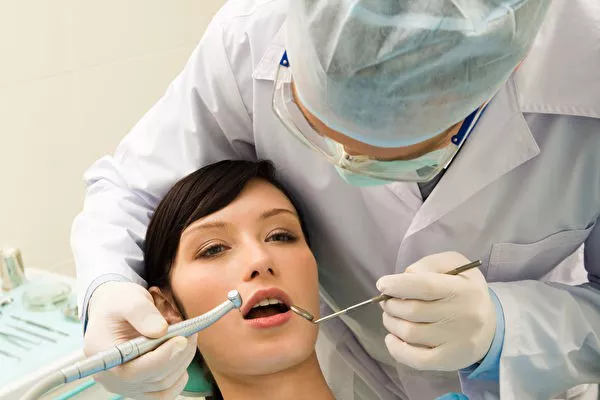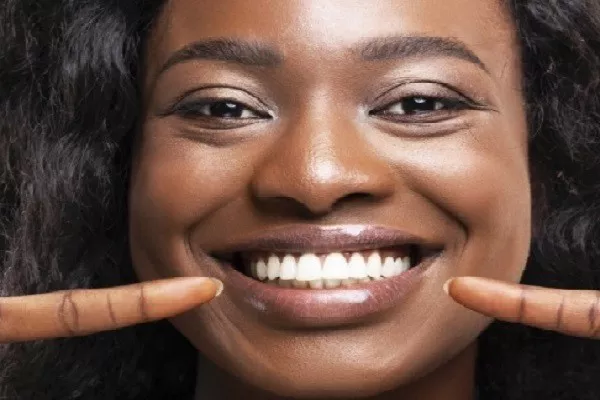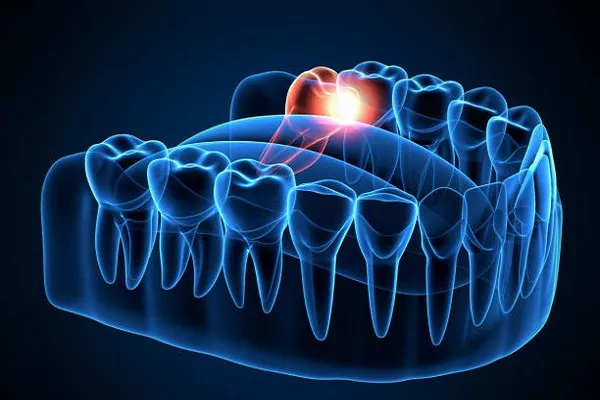A bright, radiant smile is one of the most attractive features anyone can have. Unfortunately, our teeth tend to stain over time due to various factors such as age, diet, and lifestyle habits. Luckily, there are several ways to restore the whiteness of our teeth, including whitening strips and blue light therapy.
Whitening strips have become a popular option for at-home teeth whitening because they are affordable, easy to use, and deliver noticeable results in just a few applications. However, some people wonder if they can enhance the effects of whitening strips by combining them with blue light therapy. In this article, we explore whether it’s safe and effective to use whitening strips with blue light and how to do it correctly.
Benefits of Whitening Strips
Before we dive into the specifics of blue light therapy, let’s first talk about the benefits of using whitening strips. Here are some advantages of this method:
- Convenience
Whitening strips are an excellent choice for busy individuals who don’t have time to visit a dentist or undergo lengthy procedures. You can apply them at home while doing other activities, such as watching TV or reading a book.
- Cost-effective
Compared to professional teeth whitening treatments, which can cost hundreds or even thousands of dollars, whitening strips are a much more affordable option. You can find them at your local drugstore or online for as little as $20.
- Effective
While the results may vary depending on the severity of your stains, most people see a significant improvement in the color of their teeth after using whitening strips for a few weeks.
Now that we’ve established the benefits of whitening strips let’s explore how blue light therapy can enhance their effects.
Blue Light Therapy for Teeth Whitening
Blue light therapy is a non-invasive dental treatment that uses high-intensity blue LED lights to activate a whitening gel or solution on the teeth’s surface. The light waves penetrate deep into the enamel, breaking down stubborn stains and discoloration.
The idea behind blue light therapy is that it accelerates the natural chemical reaction that occurs between the whitening agent and the tooth‘s surface, making the process more efficient and effective. Additionally, blue light has antibacterial properties that can help prevent gum disease and other oral health issues.
Is it Safe to Use Whitening Strips with Blue Light?
Now, the big question – is it safe to combine whitening strips with blue light therapy? The short answer is yes, as long as you follow the instructions correctly.
Most whitening strip kits come with a separate blue light device that you hold up to your teeth for a few minutes after applying the strips. The light will activate the whitening agent and speed up the process. However, it’s important to note that not all whitening strips are designed to be used with blue light, so make sure you read the instructions carefully before trying this method.
If you’re unsure whether your whitening strips are compatible with blue light therapy, you can always consult your dentist or a dental professional for advice.
Tips for Using Whitening Strips with Blue Light
Here are some tips to help you get the most out of your whitening strip and blue light therapy combo:
- Choose high-quality products
Invest in a reputable brand of whitening strips and blue light device to ensure maximum effectiveness and safety.
- Follow the instructions carefully
Make sure you read the instructions that come with your kit thoroughly and follow them precisely.
- Be consistent
For best results, use the whitening strips and blue light device consistently for the recommended number of sessions.
- Take care of your teeth
While using whitening strips and blue light therapy can improve the appearance of your teeth, it’s essential to maintain good oral hygiene habits to prevent further staining and discoloration.
Whitening strips and blue light therapy are both effective methods for teeth whitening, and when used together, they can deliver even better results. However, it’s crucial to choose high-quality products, follow the instructions carefully, and consult a dental professional before trying any new treatment. With the right approach, you can achieve a brighter, healthier smile that will boost your confidence and self-esteem.
Related Topics:





























